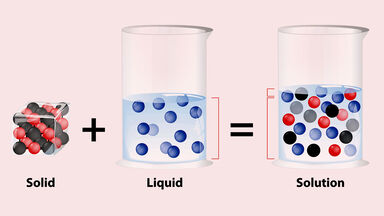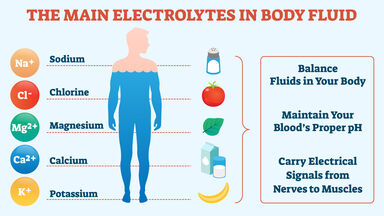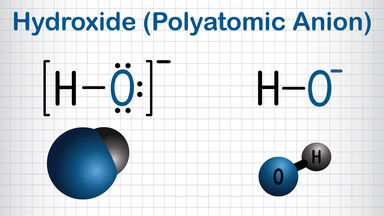Glucoseoxime on warming with acetic anhydride is simultaneously acetylated and dehydrated, yielding an acetylated gluconitrile, which when warmed with ammoniacal silver nitrate loses hydrocyanic acid and is transformed into an acetyl pentose.
Wohl forms the oxime and converts it into an acetylated nitrile by means of acetic anhydride and sodium acetate; ammoniacal silver nitrate solution removes hydrocyanic acid and the resulting acetate is hydrolysed by acting with ammonia to form an amide, which is finally decomposed with sulphuric acid.
It is oxidized by nitric acid to d-saccharic and mucic acids; and acetic anhydride gives an octa-acetate.
In making the acid by this process benzaldehyde, acetic anhydride and anhydrous sodium acetate are heated for some hours to about 180 C., the resulting product is made alkaline with sodium carbonate, and any excess of benzaldehyde removed by a current of steam.
Fittig and his pupils (Annalen, 1883, 216, pp. loo, 115; 1885, 227, pp. 55, 119), in which it was shown that the aldehyde forms an addition compound with the sodium salt of the fatty acid, and that the acetic anhydride plays the part of a dehydrating agent.





